
In the high-end air cooler sector, it has long been common to read the recommendation “Noctua NH-D15 or be quiet! Dark Rock Pro”. In the new generation, however, be quiet! has gone one better. Where the Silent Wings have already been given a Pro version in the fourth generation, a big brother, the be quiet! Dark Rock Elite, has also been introduced alongside the Dark Rock Pro. In addition to a few design refinements, this also offers a larger Silent Wings 4 front fan and subtle RGB details on the top. In the be quiet! Dark Rock Elite review, we take a look at this massive premium-class air cooler and see what features it offers and whether the extra cost compared to the Pro model of the same generation is worth it.
Specifications
| Size | 145 x 136 x 168 mm |
| Fan speed | max. 2000 RPM (performance mode) / 1500 RPM (silent mode) |
| Intel socket compatibility | 1150 / 1155 / 1151 / 1200 / 1700 |
| Socket compatibility AMD | AM4 / AM5 |
| Heatpipes | 7x 6 mm |
| Material | Aluminum with black ceramic coating |
| Weight | 1.34 kg |
| Theoretical maximum cooling capacity | 280 W |
| Guarantee | 3 years |
| Price | € 109.99 * |
Packaging and scope of delivery
- Black box with a clear design
- Soft foam protects the heat sink
- Mounting material for current mainstream sockets and supplied screwdriver
The packaging of the be quiet! Dark Rock Elite follows the classic style of the brand. A black box with very clear printing of the product and its name. Otherwise, the specifications can be found on the side and the be quiet! Dark Rock Elite is described in German and English on the back. When you open the box, you can see the cooler from above, which is held in place by two soft foam shells. Next to it is the box with the mounting material.
When you pull out the parts, you will notice that there is a screwdriver in the foam. This is optimized for the installation of the large heat sink. Under the magnetic cover there is a slightly firmer foam strip and the top cover is separated from the top of the fins by two other foam parts. These also have to be removed, as does the protective strip on the be-quiet! logo.
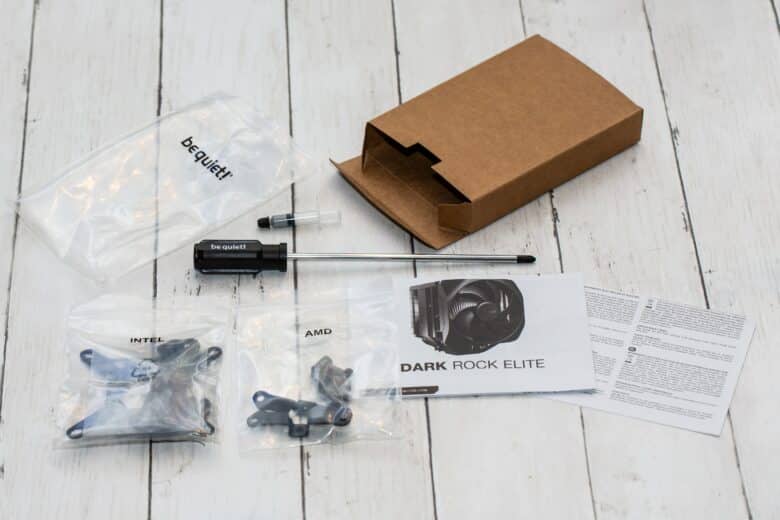
The mounting material consists of the necessary hardware for all current mainstream sockets at the time of the be quiet! Dark Rock Elite test. For Intel these are the sockets from LGA 1155 to LGA 1700 and for AMD these are the AM4 and AM5 sockets. It comes with the aforementioned screwdriver, very good assembly instructions and a very small tube of thermal paste.
Design
- More fluid design than its predecessors
- Special fan shape for this cooler
- RGB accent
Where the sister model be quiet! Dark Rock Pro 5 is already cleaner than its predecessor, the be quiet! Dark Rock Elite goes one better. On the one hand, the 135 mm version of the be quiet! Silent Wings 4 takes up a larger part of the front. On the other hand, a cover ensures a clean appearance, so that the fan is not perceived as an individual part, but fits better into the overall appearance of the cooler. Otherwise, the entire cooler is black – and this also applies to the logo on the fan. The be quiet! Dark Rock Elite is therefore well suited to being integrated into various design concepts.
Another difference to the Dark Rock Pro 5 is the RGB element on the slatted cover. Of course, you don’t have to use the lighting if you want a black design. But the option is there. In this case, the lighting is kept discreet and can be set inconspicuously. There is also the option of not having to choose entirely between a powerful, quiet and an illuminated air cooler in an RGB system.
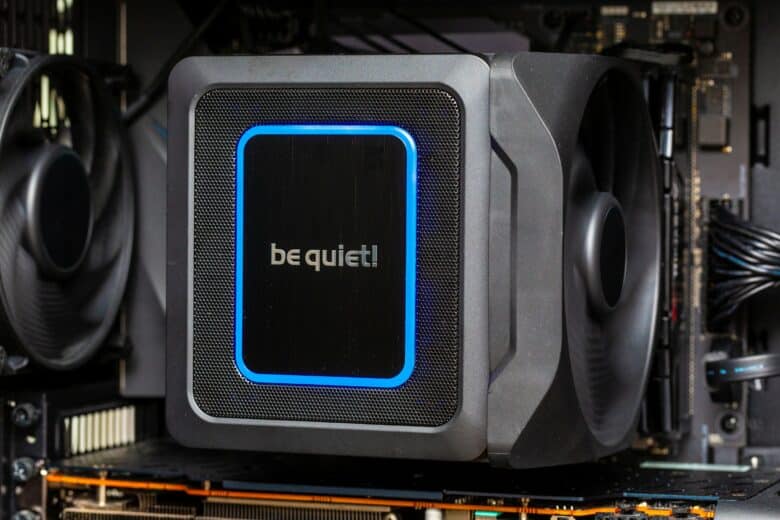
However, real RGB enthusiasts will probably find the lighting of the be quiet! Dark Rock Elite too restrained. This illuminated square with rounded corners is more suitable as an accent light than as system lighting.
Processing
- High-quality workmanship
- Thin, short cables make it easier to connect and hide unnecessary lengths
- Heat sink and fan well matched
The build quality of the be quiet! Dark Rock Elite is, as you would expect from a cooler in the not-so-cheap upper class: excellent. The material thickness is decent, so that the fins do not bend easily. The black coating looks clean all round and there are no other areas that stand out negatively. The middle fan is clicked into place with the top plate in four places at the top and held in place by the screws of the mounting mechanism. The cables are short, which is why there is no sheathing. This means that the cables are sufficient to reach the fan header without leaving a lot of cable to be distributed. Only the ARGB cable is a little longer, but this is also limited and can be easily hidden under the heat sink when not in use.
To improve heat dissipation, there are also small fins directly above the contact surface, which also provide greater mass directly around the heatpipes. The large fins of the heat sink have relatively wide spacing and are therefore particularly suitable for use with fans with a good airflow and are less dependent on static pressure. This is very practical, because this is how the principle of larger fans works: the lower speed results in a slightly reduced pressure, but more air is moved overall. The interaction between the heat sink and fans is therefore well coordinated.
Installation
- Simple installation, far better than with older be-quiet! coolers
- Good instructions included
Quite apart from the good performance of the older be quiet! Dark Rock Pro 4, one of the major points of criticism was a very awkward installation with many individual parts that made it almost impossible to fit the cooler when the motherboard was in the case. Here, be quiet! has made significant improvements with the Dark Rock Pro 5 and the Dark Rock Elite. Frustration adé! What needs to be considered in advance, however, is the installation height of 168 mm. And if you use higher RAM bars, you have to move the front fan up a little, which takes up even more space. Anyone upgrading their system should therefore first check whether the installation height is compatible with the existing case, and anyone configuring a new system should also bear this in mind when choosing a case.
Two brackets including spacers are screwed into the backplate for AMD. For Intel, a backplate is supplied which has to be assembled by the user, but this is no problem with the clear operating instructions. Once the brackets are in place, the thermal paste is applied to the processor. The middle fan must now be removed from the heat sink and the sticker removed from the contact surface. The heat sink can then be easily attached using the long screwdriver. The middle fan must then be inserted and clipped in place, which requires a little force.
Last but not least is the cabling. The front fan must be connected to the middle fan and this can be plugged into the CPU-FAN header on the mainboard. If necessary and possible, connect the 5V ARGB connector. All in all, a very simple system.
Handling
- Switch for limiting the maximum speed
- Fans specially designed for the cooler mean that they cannot be changed
A special feature of the new premium coolers from be quiet! are the switches for selecting the maximum speed. A similar feature was already found on the be quiet! Silent Wings Pro 4. On CPU coolers, this concept could be seen, for example, on the DeepCool Assassin IV, another large air cooler with a particularly clean design. This is also a modern competitor to the be quiet! Dark Rock Elite and is therefore included in the performance comparison. But back to the switch: This acts as a limiter for the maximum speed. So you have the choice between full power and a lower maximum volume. On the be quiet! Dark Rock Elite, this switch can be found under the magnetically held slatted cover, so it does not interfere with the appearance.
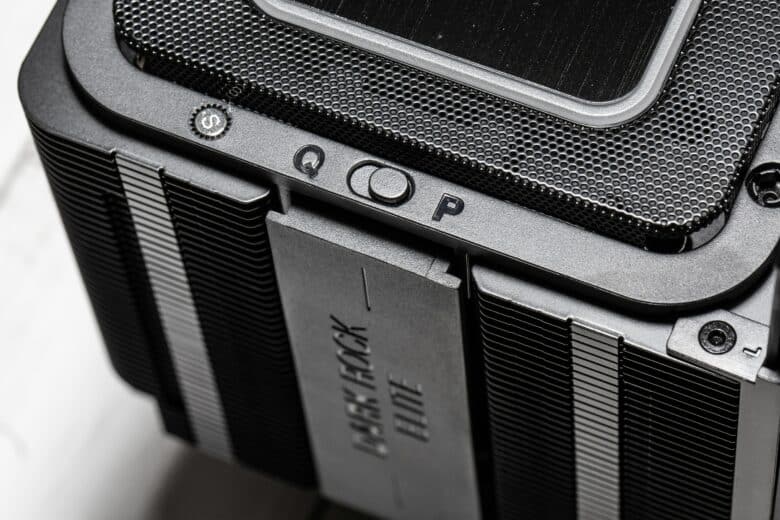
This raises the question: What is the point of limiting the performance? Automatic fans often allow the fans to spin up faster than necessary. This leads to a correspondingly higher noise level. Sure – not everyone is bothered by this. But if it does bother you, the only option so far has been to set a manual fan curve. To do this, you either have to fiddle with the settings in the BIOS or install additional software. The switch makes it easier to reduce the volume by simply flipping the switch. If you notice that the performance is not sufficient, you can simply switch the switch back to performance mode.
Speaking of fans: 135 mm fans, such as those used on the be quiet! Dark Rock Elite, are not standard. Changing to fans from other brands is therefore virtually impossible. In principle, this should not be a problem, as the Silent Wings are very high-quality, high-performance fans with a particularly long life expectancy. However, if fans need to be replaced after the warranty period, the only option is to go to the spare parts shop from be quiet!
be quiet! Dark Rock Elite performance and volume test
- Comparison of three high-performance air coolers
- Lower results are better
The be quiet! Dark Rock Elite test also includes the be quiet! Dark Rock Pro 5 and the DeepCool Assassin IV. The latter was chosen because it is also a powerful air cooler with a clean, modern design and a similar price range and also has a similar switch to the two new Dark Rock models. So there is some overlap here, which makes the comparison possible.
The temperature is specified as the difference to the room temperature in Kelvin. This compensates for fluctuations in the room temperature. So if the test gives a result of 30 K at a room temperature of 23°C, you have to add these values together and end up with a processor temperature of 53°C. This means that smaller numbers are better. Smaller results are also quieter when measuring volume and are therefore preferable.
| Cooler | be quiet! Dark Rock Elite | be quiet! Dark Rock Pro 5 | DeepCool Assassin IV |
| Idle temperature P mode | 9.5 K | 8.4 K | 9.4 K |
| Idle temperature Q mode | 9.7 K | 8.6 K | 9.9 K |
| Idle temperature 36 dB(A) | 10.2 K | 8.7 K | 10.3 K |
| Maximum load P mode | 36.5 K | 36.9 K | 37.2 K |
| Maximum load Q mode | 37.9 K | 38 K | 38 K |
| Maximum load 36 dB(A) | 38.5 K | 39.2 K | 39.1 K |
| Volume P mode | 44.7 dB(A) | 43 dB(A) | 44.5 dB(A) |
| Volume Q mode | 38.4 dB(A) | 37.7 dB(A) | 40 dB(A) |
| Speed 36 dB(A) | 1195 RPM | 1045 RPM | 925 RPM |
Analysis of the results in the be quiet! Dark Rock Elite test
- be quiet! Dark Rock Elite shows very high performance in the test
- It is more powerful than the other models
- It can become audible, but sounds more pleasant than the Assassin IV, but can’t keep up with the quieter Dark Rock Pro 5 in this case
The be quiet! Dark Rock Elite test shows that all three coolers are more than sufficient for the high-end AM4 processor. And with headroom for even more power-hungry processors. The Dark Rock Elite is louder than the Dark Rock Pro 5, but this is not surprising due to the higher total speed of the fans. Nevertheless, despite a similar volume measurement to the DeepCool Assassin IV, it is subjectively noticeably more pleasant in terms of frequency response. It is therefore far less conspicuous and although it is realistically just as loud, it seems quieter. It is also the most powerful of the three high-end coolers compared under load.
Overall, this is an impressive result and newer processor generations in particular benefit from the additional performance boost. It is difficult to understand why the Dark Rock Pro 5 has a slightly better idle temperature in this comparison. Nevertheless, the idle results for all three processors are good and unremarkable.
Conclusion
The be quiet! Dark Rock Elite proves to be an excellent CPU air cooler in the test. It not only looks modern and offers an RGB accent, but is also powerful and relatively quiet. The lack of free fan selection may seem like a limitation at first glance, but realistically this is a negligible factor due to the longevity and performance of the fans. For most users, the Dark Rock Pro 5 will still make more sense, as it is not far behind in terms of performance, but is even quieter and also cheaper. The Dark Rock Elite could only make a real difference in everyday use with the latest generation of processors, which like to exploit every bit of temperature leeway they can get. Speaking of the latest generations: The be quiet! Dark Rock Elite shows high pressure, especially in the middle, which is usually perfectly fine for AM4 and Intel processors. However, AM5 processors tend to produce heat in a decentralized manner and it would probably be an advantage if be quiet! offered an additional mounting set that shifts the pressure point a little, as is already the case with Noctua and Arctic, for example.
All in all, the be quiet! Dark Rock Elite offers real premium performance with suitable power and a modern look. Is it recommendable? Absolutely. Only the price is high, but compared to other high-end air coolers, such as the Noctua NH-D15 and the DeepCool Assassin IV, it’s not out of line.
be quiet! Dark Rock Elite
Design
Workmanship
Mounting
Performance
Value for money
95/1000
The be quiet! Dark Rock Elite proves to be an air cooler that ticks almost all the boxes: Low volume, high-quality workmanship, cool design, great performance and RGB accents on top!



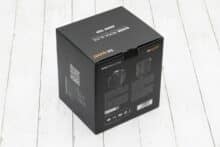
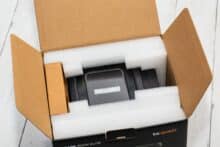
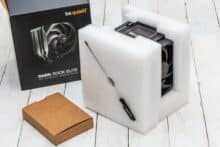


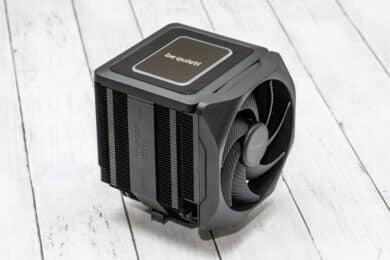
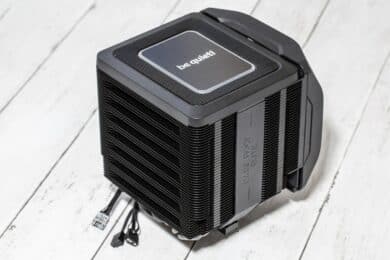
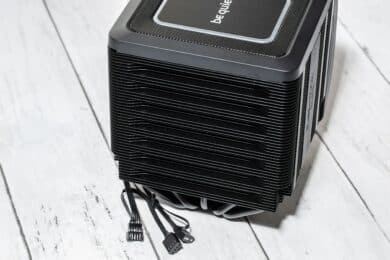
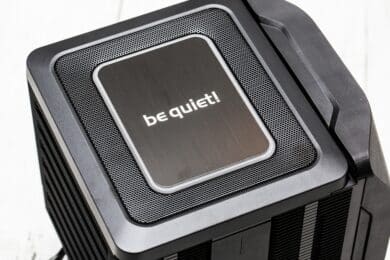
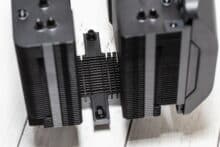

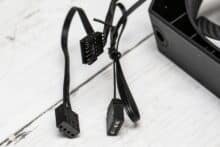
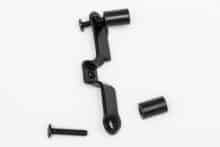
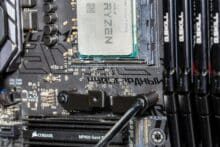


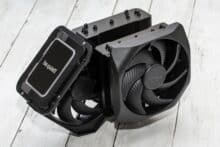
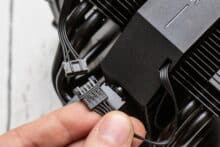
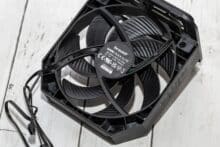
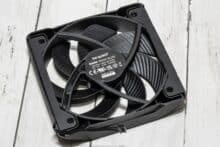
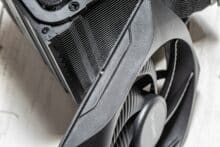



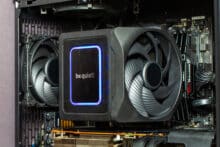






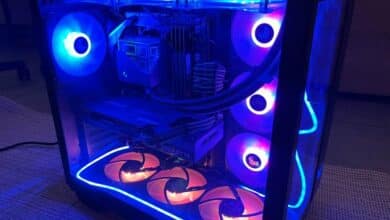
No replies yet
Neue Antworten laden...
Gehört zum Inventar
Beteilige dich an der Diskussion in der Basic Tutorials Community →